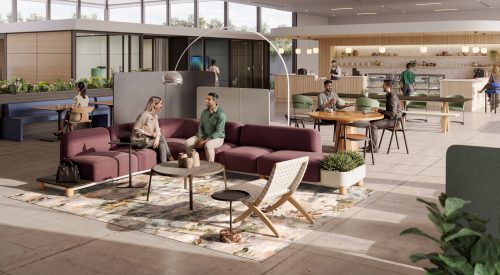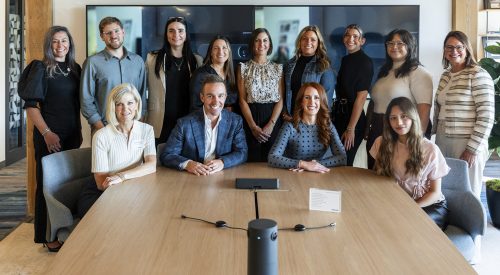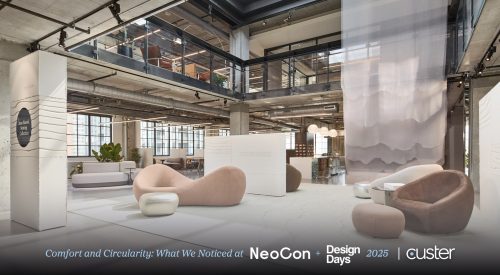- Blog
- Blog Series: What Will Kalamazoo Look Like in 10 Years? Part 2: Jeff Eckert
Blog Series: What Will Kalamazoo Look Like in 10 Years? Part 2: Jeff Eckert
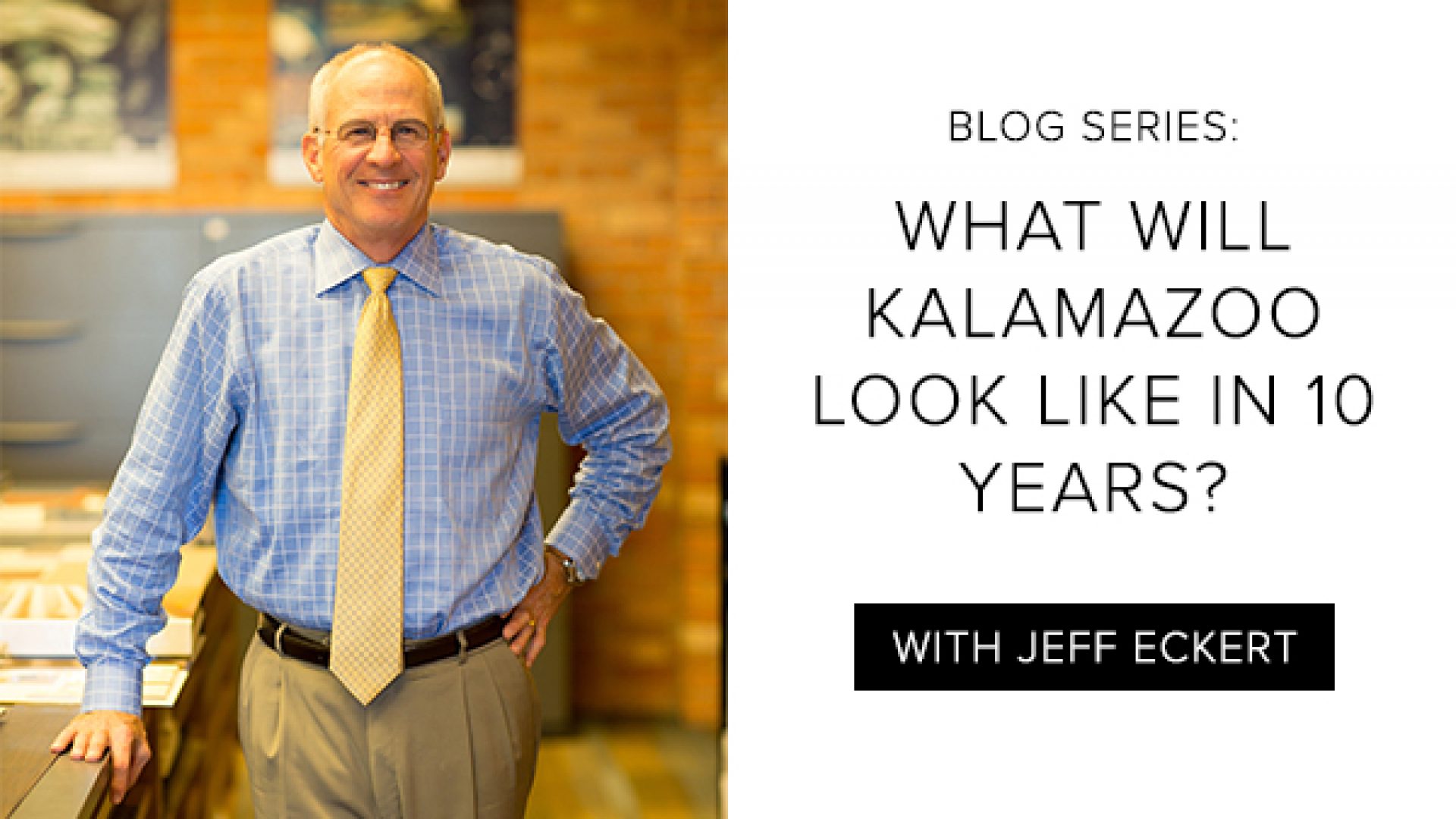
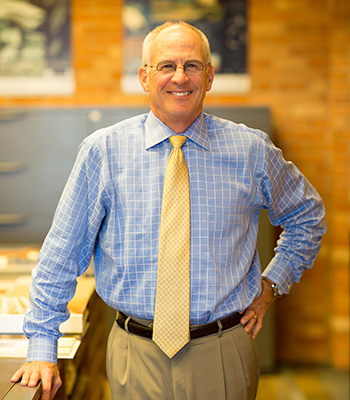 As a veteran of the architecture industry, Jeff Eckert understands that environmental design exists to solve for evolving community issues. “I think architecture is going to be reactive to the needs of tomorrow’s workforce as well as the continued growth and economic development of Southwest Michigan,” he says.
As a veteran of the architecture industry, Jeff Eckert understands that environmental design exists to solve for evolving community issues. “I think architecture is going to be reactive to the needs of tomorrow’s workforce as well as the continued growth and economic development of Southwest Michigan,” he says.
In this four-part series, we explore the future of Kalamazoo through the eyes, ideas, and expectations of community leaders. In part two of our series, Jeff Eckert, AIA, principal at Eckert Wordell, offers a perceptive vision for the city and region — including the evolution of technology, education, and architecture’s reactive role.
Custer: What do you think Kalamazoo will look like in 10 years?
JE: In next ten years, I believe Kalamazoo will become a regional base due to its investment in innovation, creativity, technology, education (including medical), and the overall growth happening in Southwest Michigan. Additionally, this growth in the Grand Rapids-Kalamazoo Area is going to be a key factor to the strengthening of the Detroit-Chicago corridor. Overall, I believe that we will see Kalamazoo become a stronger base for development in Southwest Michigan.
Architecture’s reactive role
As for architecture, as much as we’d like it to be the driving force in this, we believe it will continue to be reactive to the growth and development in this region. However, as space requirements and needs continue to have a focus on collaborative, flexible work environments, architecture firms will be key team members in the development of these centers of innovation and the development of flexible, collaborative work environments. While we will play a key role, it will be the continuing advancements in communication and technology that allow us to develop these work environments. We already see this playing out today with what you guys are doing at Custer and what our clients are focusing on. So bottom line, I think architecture is going to be reactive to the needs of tomorrow’s workforce as well as the continued growth and economic development of Southwest Michigan.
Innovative technology & workforce development
While transportation and economic development play a crucial role in the future of this region, I believe workforce (needs, availability, and attraction) will be key to this growth. Ten years from now, I’m hopeful that our workforce will be much stronger and able to support the innovation (manufacturing and supportive positions), medical, and services professionals (i.e., CPAs, lawyers, architects, engineers, etc.) that make this area great. Yet again, it will be technology, and those using it, that will be the driving force for change and development in this region. For example, if you take a good look at firms like Stryker and Tekna, and some of the others here in town, you will see it is what they’re doing with their products and where they’re going that is going to help drive development.
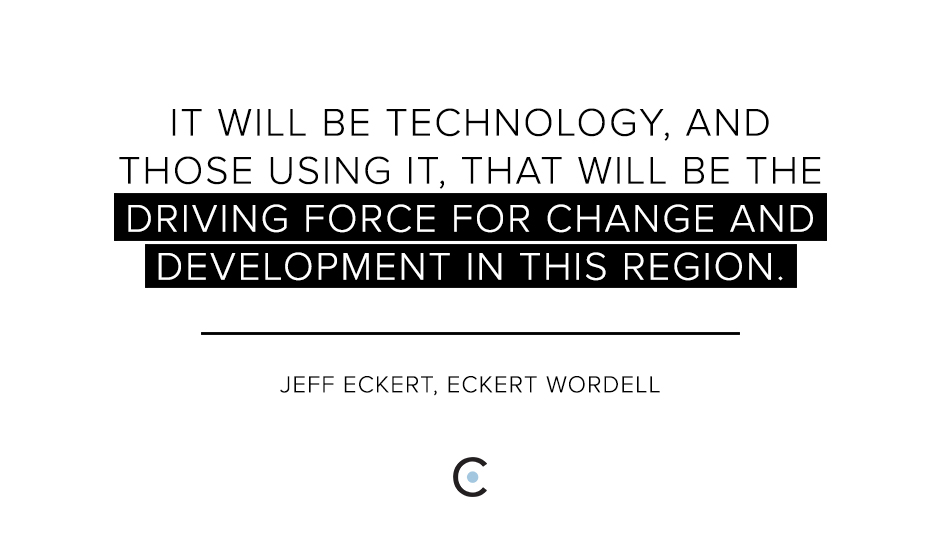 Government investment
Government investment
I also feel the region’s growth will be very dependent upon what the various governmental units—city, county, and state—do and their ability to work more collaboratively. By that I mean, if you look at it from a community standpoint, we have great inter-governmental interest, and certainly their support, but they need to be working together more. The communities need to come together with a focus on growth and development—from Kalamazoo to Portage to Plainwell to Grand Rapids. These governing entities need to work cooperatively, rather than competitively, to develop our region or corridor and get away from duplicate services because we can’t afford to continue . With that said, I believe the biggest driving force for change in our region, and what is going to attract people to our communities, is education. Community based opportunities that put a focus on education and the attainment of a college degree, like the Kalamazoo Promise, have provided a great foundation for us to build from and need to be looked at regionally, not just within a city. I am very hopeful that our region will recognize the need for educational excellence, governmental collaboration, and growth in the innovation, manufacturing, and technology. With this mindset, Southwest Michigan, and Kalamazoo, will be able to build a strong base for growth and development.
For more information on Eckert Wordell, visit their website and see their recent projects in Kalamazoo. You can also catch up on our blog series with this post from Valerie Wright of Diekema Hamann.
Stay tuned here for the rest of the Kalamazoo Community series! And share with us in the comments below: what do you think Kalamazoo will look like 10 years from now?
